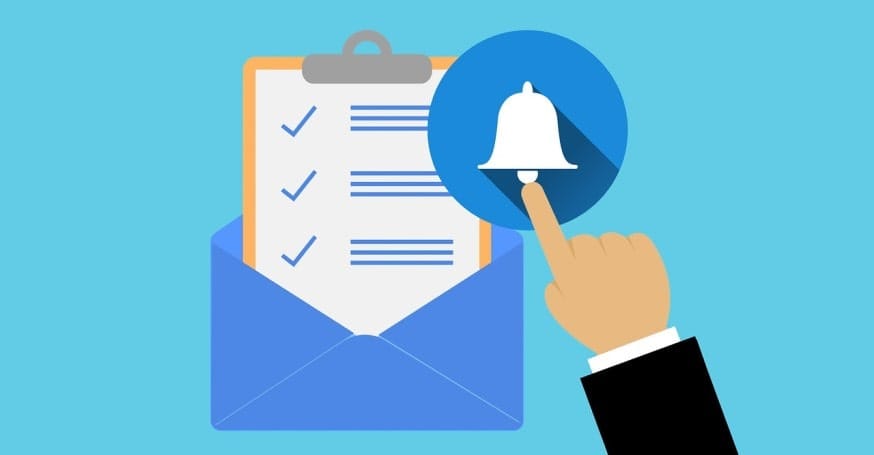If you’re working on a WordPress blog like a community or a company, you would definitely create different users with different roles. Different user roles in WordPress have different capabilities so you should be careful while giving a role to any of your WordPress blog users. Some of the most common user roles in WordPress are Contributor, Author, Editor, and Administrator. All of them have different working limits or capabilities.
Yesterday, one of the blog subscribers of AllUsefulInfo asked a question and his question made my mood to write this article. Following is the question he sent me in my email:
Hello sir,
I’m one of your blog subscribers. This time I urgently need your help. Actually, a few weeks ago I started a blog and today I need to create 4 users to work on my blog with different user roles. But, I’m very confused about the capabilities of the Author, Editor, and Contributor. Can you please tell me the exact capabilities of these different user roles in WordPress because my blog is in WordPress?
Thanks in Advance.
I replied to him with the exact difference between contributor, author, editor, and administrator roles in WordPress. But, when I thought it could be the subject of conclusion for hundreds of WordPress users, decided to explain the capabilities of these main user roles in WordPress.
Capabilities of Contributor, Author, Editor, and Administrator
Now, look at the following to know the exact difference between contributor, author, editor, and administrator roles in WordPress.
Contributors can:
- Write/edit their own posts
- Delete their own unpublished posts
But, contributors can’t publish any post, they can just send the post to the administrator of the blog as a pending post so that the admin can publish it by reviewing it once.
Authors can do everything contributors can, and:
- Edit their own published posts
- Delete their own published posts
- Upload media files
- Publish their own posts
Editors can do everything authors can, and:
- Edit, publish and delete other user’s posts
- Create, edit and publish pages
- Manage categories
- Moderate comments
- Manage links
- Read all private posts and pages
Administrators have full control over the blog, including:
- Edit anything
- Update WordPress
- Install plugins and themes
- Configure widgets and plugins
- Create and manage users
- Perform all other administrative tasks
The capabilities of all these user roles are explained on the Roles and Capabilities page of the WordPress wiki. For more ease, you can read the following lines to know how WordPress codex explained the capabilities of WordPress user roles.
Role Capability Admin Somebody who has access to all the administration features. Editor Somebody who can publish and manage posts and pages as well as manage other users’ posts, etc. Author Somebody who can publish and manage their own posts. Contributor Somebody who can write and manage their posts but not publish them. Subscriber Somebody who can only manage their profile and read the stuff.
That’s all friends! I hope this article will defuse your confusion about the capabilities of WordPress user roles. Still, if you’ve any questions, feel free to ask via comments or send me an email.






Thanks for this great explanation.